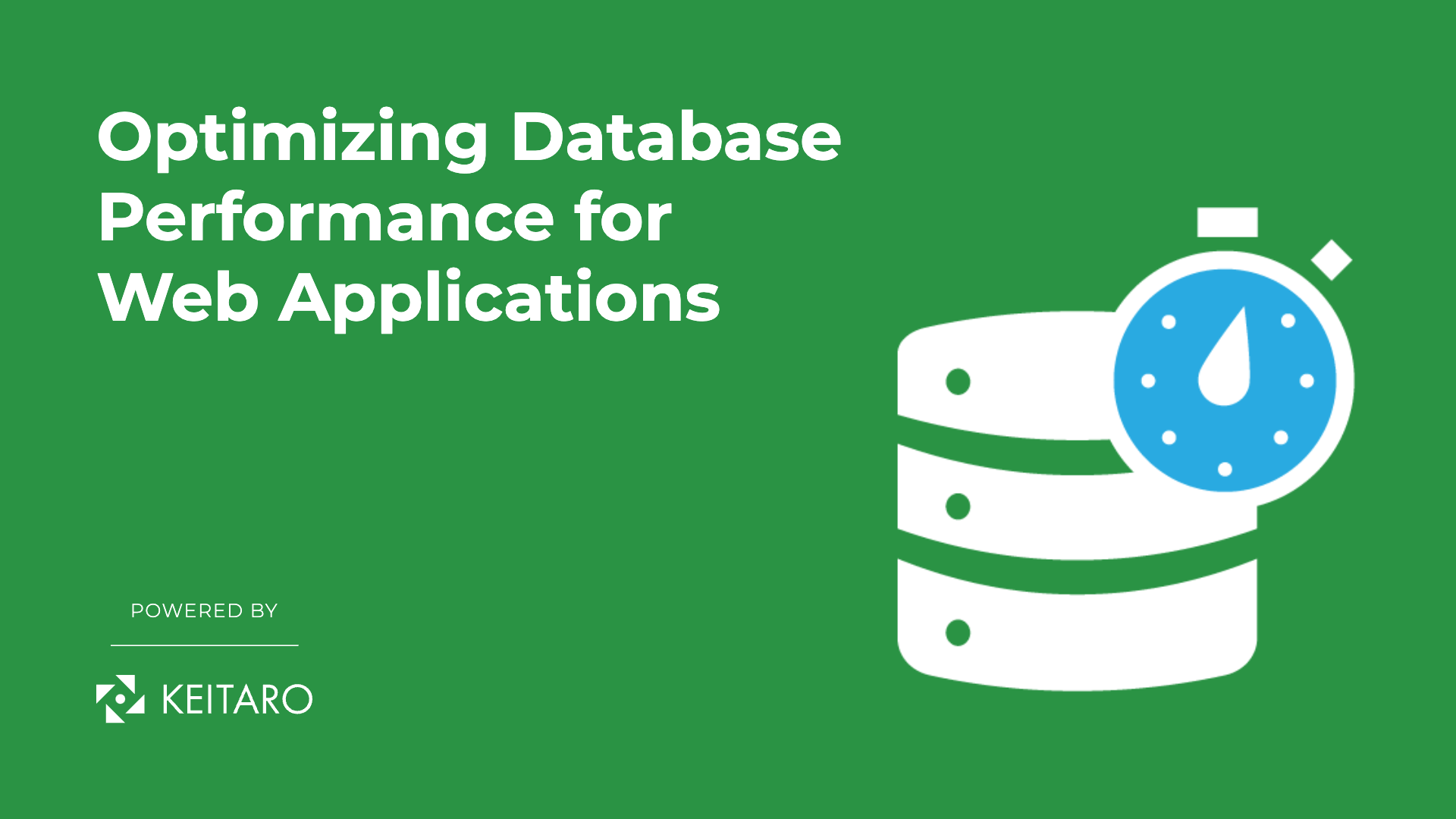As technology is constantly advancing and user expectations are continually rising, maintaining the reliability and stability of your React applications is absolutely crucial. As developers, we strive to deliver seamless experiences to our users, ensuring that our applications not only meet their needs but also exceed their expectations.
However, building robust React applications can be challenging, especially as they grow in complexity. With numerous components, state management, and asynchronous operations, even a minor oversight can lead to unexpected bugs and glitches, jeopardizing the user experience.
This is where unit testing comes into play. Unit testing is a fundamental practice in software development that involves testing individual units or components of an application in isolation. By breaking down our application into smaller, testable units and verifying their behaviour independently, we can identify and address issues early in the development process.
Unit testing serves as a safety net for our codebase, allowing us to catch bugs before they reach production and providing us with the confidence to make changes and enhancements without fear of breaking existing functionality. It enables us to validate the correctness of our code under various scenarios and edge cases, ensuring that our React applications remain stable and reliable, no matter how large or complex they may become.
In essence, unit testing is not just a best practice—it’s a necessity in modern web development. It empowers us to deliver high-quality software that meets the demands of our users and withstands the challenges of the ever-evolving digital landscape.
Before we dive into the specifics of Jest and React Testing Library, let’s lay down the groundwork by understanding the essence of unit testing and its significance in modern software development.
What is Unit Testing?
Unit testing forms the bedrock of software testing methodologies, where individual units or components of an application are meticulously scrutinized in isolation. These units could be as granular as functions, classes, or even larger entities like components in a React application.
Imagine a house being constructed—each brick, each beam, and each nail is carefully inspected and validated to ensure it aligns with the architectural plans. Similarly, in software development, unit testing involves examining each piece of code independently to verify that it performs its designated function accurately.
Why Unit Testing?
Unit testing isn’t just a box to tick off in the development checklist; it’s a critical practice that offers a multitude of benefits, fostering the creation of robust, maintainable software.
Early Detection of Bugs: Just as a crack in the foundation of a building can escalate into a structural issue if left unchecked, a minor flaw in a code unit can snowball into a catastrophic bug. Unit testing acts as a vigilant gatekeeper, spotting these imperfections at their inception and allowing developers to rectify them before they proliferate throughout the codebase.
Code Maintainability: Picture a well-organized library where each book is meticulously categorized and labeled—a delight for any librarian. Similarly, unit tests serve as a comprehensive catalog of an application’s functionalities, documenting the expected behavior of each code unit. This not only aids developers in understanding the codebase but also facilitates its maintenance and evolution over time.
Confidence in Refactoring: Just as a seasoned chef confidently experiments with new recipes, armed with a well-tested repertoire of culinary techniques, developers can embark on code refactoring endeavors with assurance, knowing that their unit tests will serve as a safety net. With comprehensive unit tests in place, the fear of inadvertently breaking existing functionality dissipates, empowering developers to enhance and optimize their codebase fearlessly.
In essence, unit testing isn’t merely a practice—it’s a mindset. It cultivates a culture of quality, resilience, and continuous improvement, empowering developers to build software that not only meets the needs of its users but also withstands the test of time.
Setting Up Jest and React Testing Library
Now that we have a basic understanding of Jest and React Testing Library, let’s set them up for our React project.
Step 1: Install Jest and React Testing Library:
npm install --save-dev jest @testing-library/react @testing-library/react-hooksStep 2: Configure Jest:
Create a jest.config.js file in the root of your project with the following configuration:
module.exports = {
testEnvironment: 'jsdom',
setupFilesAfterEnv: ['@testing-library/jest-dom/extend-expect'],
};Step 3: Write Your First Test:
Create a file with a .test.js extension (e.g., App.test.js) and write your first test:
import { render, screen } from '@testing-library/react';
import App from './App';
test('renders learn react link', () => {
render(<App />);
const linkElement = screen.getByText(/learn react/i);
expect(linkElement).toBeInTheDocument();
});Writing Tests with Jest and React Testing Library
Now that we’ve got our testing environment all set up with Jest and React Testing Library, it’s time to roll up our sleeves and dive into the exciting world of writing tests for our React components. Let’s explore how we can craft effective tests that ensure the reliability and functionality of our code.
Querying DOM Elements:
React Testing Library equips us with a powerful arsenal of query methods that allow us to select DOM elements with ease, based on various attributes such as text content, labels, accessibility roles, and more. These methods act as our trusty magnifying glass, helping us pinpoint the exact elements we need to inspect.
For instance, the getByText, getByTestId, and getByLabelText methods are among the most commonly used ones. They enable us to locate specific elements within our component’s rendered output, facilitating targeted testing of its various features and functionalities.
Interacting with Components:
Testing user interactions is a crucial aspect of ensuring the usability and interactivity of our React components. With React Testing Library’s fireEvent utility, we can simulate a wide range of user actions, including clicking buttons, typing into input fields, and submitting forms.
Think of fireEvent as our virtual user—capable of triggering events and interacting with our components just like a real user would. By simulating these interactions in our tests, we can validate that our components respond correctly to user input and behave as expected under different scenarios.
Asserting Component Behavior:
Once we’ve interacted with our components and manipulated the DOM, it’s time to verify their behavior and ensure that they’re functioning as intended. This is where Jest’s expect function comes into play, along with a variety of matchers that enable us to make precise assertions about our component’s state and output.
Whether we’re checking if an element is present in the DOM (toBeInTheDocument), verifying its text content (toHaveTextContent), or confirming the presence of a specific CSS class (toHaveClass), Jest’s matchers provide us with the tools we need to express our expectations concisely and accurately.
Snapshot Testing:
Last but not least, Jest offers us the invaluable capability of snapshot testing—a powerful tool for detecting unexpected changes in our component’s output. With snapshot testing, we can capture a snapshot of a component’s rendered output and compare it against a previously stored snapshot.
Snapshot testing acts as a fail-safe mechanism, alerting us to any unintended modifications or regressions in our component’s appearance or structure. By periodically updating and reviewing our snapshots, we can ensure that our components remain consistent and free from unexpected deviations.
Best Practices for Unit Testing React Applications
Ensuring the effectiveness of your unit tests is paramount to the success of your React applications. To achieve this, here are some best practices that you should adhere to:
Test Behavior, Not Implementation:
When writing unit tests, focus on verifying the behavior and functionality of your components rather than their internal implementation details. Your tests should evaluate how your components interact with inputs, handle events, and produce outputs, rather than getting bogged down in the specifics of their implementation.
Keep Tests Isolated:
Each unit test should be independent and isolated from other tests. This means that each test should run in isolation, without relying on the state or results of other tests. By keeping tests isolated, you can prevent unintended side effects and ensure that failures are localized to specific components or functionalities.
Use Descriptive Test Names:
Write descriptive test names that clearly indicate what aspect of the component’s behavior is being tested. A well-named test serves as documentation for the expected behavior of the component and makes it easier for other developers to understand the purpose of the test.
Test Edge Cases:
Don’t just test the typical or expected behavior of your components—also make sure to test edge cases and boundary conditions. Edge case testing helps ensure the robustness and reliability of your components by verifying how they behave under less common or extreme scenarios.
Regular Maintenance:
As your codebase evolves over time, make sure to update and maintain your unit tests to reflect the changes. This includes adding new tests for new features, updating existing tests to accommodate changes in requirements or implementation, and removing obsolete tests for deprecated functionalities.
Conclusion
In conclusion, unit testing plays a crucial role in modern web development, particularly when building complex React applications. By adhering to best practices such as focusing on behavior, keeping tests isolated, using descriptive test names, testing edge cases, and regularly maintaining your tests, you can ensure the reliability and maintainability of your codebase. With the aid of tools like Jest and React Testing Library, you have the means to deliver high-quality software to end users and elevate your development skills to new heights. Happy testing!



